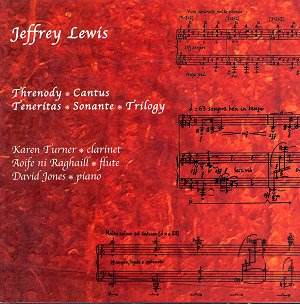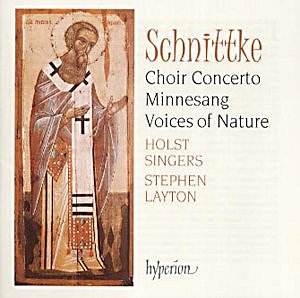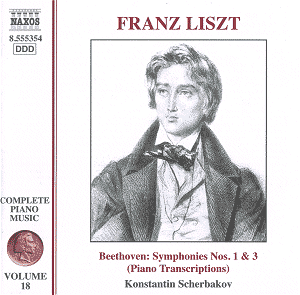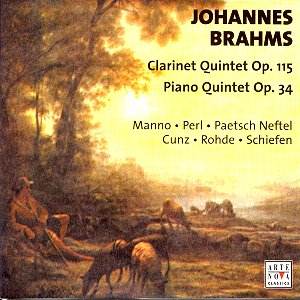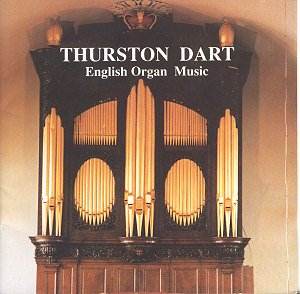 Composer: Thurston Dart
Composer: Thurston Dart
Works: William Byrd: A Fancy, A Voluntarie; John Bull: Salvator Mundi Deus, Fantasia; Orlando Gibbons: In Nomine, Fantasia; Thomas Tomkins: Fancy; John Blow: Verset in D minor, Prelude in A; Matthew Locke: For a Double Organ; Henry Purcell: Voluntary on the Old Hundredth Psalm Tune, Verset; Maurice Greene: Voluntary No 2; George Frideric Handel: Fugue in F, Entrée, Menuet, Gavotte, Air Lentement, Concerto (Allegro); James Nares: Introduction and Fugue; William Boyce: Voluntary No 7; John Stanley: Voluntary Op. 7, No 9
Performers: Thurston Dart (Organ)
Recording: St. Lawrence, Appleby (21 June 1957); Holy Trinity Chapel, Staunton Harold (20 June 1957); St John, Wolverhampton (18 October 1957); All Saints, Rotherham (19 October 1957)
Label: EMI
Thurston Dart, a pivotal figure in the post-war English music landscape, is celebrated not only for his academic contributions but also for his dynamic performances, particularly in the realm of baroque and pre-classical organ music. The present collection, originally recorded in the late 1950s, offers a fascinating glimpse into the English organ repertoire, showcasing composers from Byrd to Stanley. Each work reflects not only the individual styles of these composers but also the historical context of English liturgical and secular music during the Renaissance and early Baroque periods.
Dart’s interpretations are notable for their rhythmic zest and articulate phrasing, as highlighted by producer J. Martin Stafford in his insightful booklet notes. This lively approach breathes life into the repertoire, elevating even the less prominent pieces to engaging performances. For instance, in Byrd’s “A Fancy,” Dart’s ornamentation is deftly executed, enhancing the intricate counterpoint while maintaining a sense of fluidity. The “Voluntary on the Old Hundredth Psalm Tune” by Purcell showcases Dart’s ability to blend the robust character of the music with the expressive potential of the organ, revealing the spiritual depth within the piece.
The recording quality, overseen by the experienced team of Peter Andry and Neville Boyling, stands the test of time remarkably well, allowing listeners to appreciate the distinct tonal qualities of the various organs used. The intimate sound of the Staunton Harold instrument particularly complements the lyrical nature of the pieces performed there, such as Gibbons’ “In Nomine.” This contrasts effectively with the brighter, more resonant sound of the Wolverhampton organ, which adds an intriguing variety to the listening experience. While the limitations of the instruments do impose certain restrictions on tonal color, Dart’s choice to utilize multiple organs from the same era enriches the overall program, adding layers of historical authenticity.
Though the absence of extensive program notes on the individual pieces leaves a somewhat unfilled gap for the listener, Dart’s consistently engaging performances mitigate this shortcoming. The juxtaposition of contrasting styles—evident in the transition from the contemplative “Fancy” by Tomkins to the lively “Concerto (Allegro)” by Handel—demonstrates Dart’s skillful navigation of diverse idioms, showcasing his artistic versatility.
This reissue of Dart’s recordings is not merely a retrospective but an important contribution to the catalog of English organ music, bringing forth a musician whose influence resonates well beyond his untimely death. While the collection may appeal primarily to specialists or admirers of Dart, it is an excellent testament to a vibrant period in English music history and an invitation to rediscover the charm and complexity of the organ works from this rich tradition. J. Martin Stafford’s initiative in making these recordings accessible to a new audience deserves commendation, as Dart’s artistry continues to inspire and inform the appreciation of English organ music.
